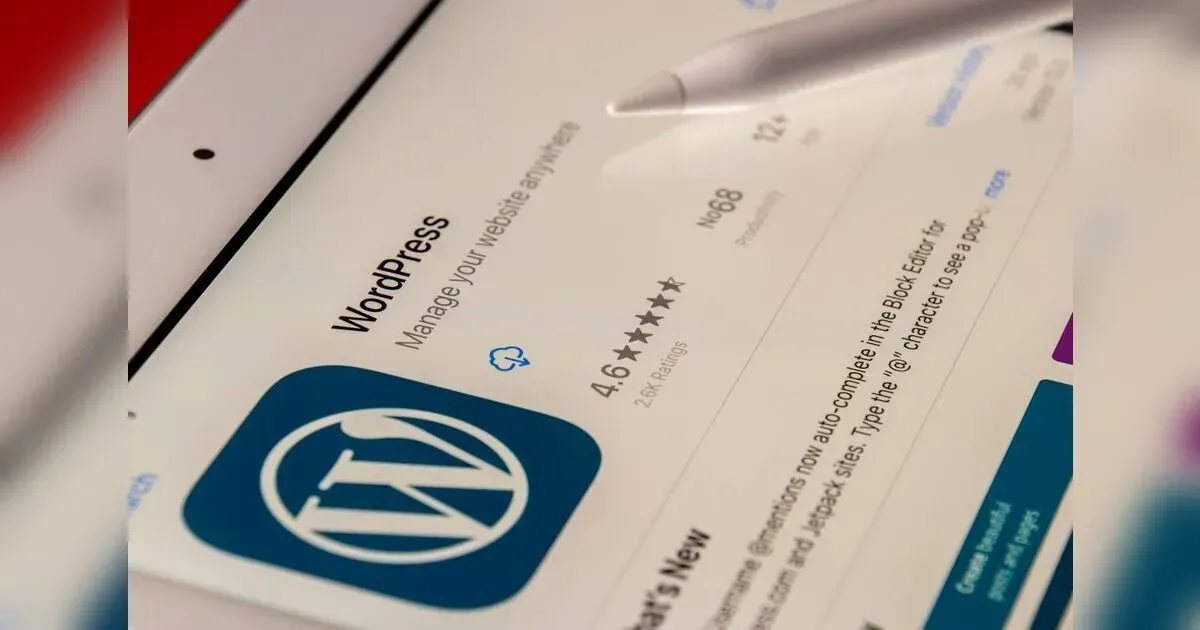Introduction
Small businesses are exciting businesses any businessperson would like to engage in most of their lifetime. It makes you able to give something special to this world, satisfy consumers, and leave a mark behind. However, it is not always an easy process; it comes with its own fair share of hitches. When it comes to scenarios that can become really uncomfortable, one of the most dangerous situations is probably the situation when you have run out of money. This can occur as a result of fluctuations in an organization’s expenses, delayed cash receivables, and orchestrating slow sales. In any case, there is nothing more alarming than feeling like you are out of cash, which is an important resource, just like any capital out there.
The good news, therefore, is that a cash crisis need not necessarily be a cash disaster. So, its only with the right actions and the right attitude that you can start to bring some order and stability back to your business. Actually, almost all those who own small businesses have encountered similar problems and have overcome them in order to become better businessmen. In this article, the reader will learn how to act in specific situations, such as a small business facing the problem of lack of cash, and the tips given will be quite effective.
Here we go through ways to save the funds, address ways to handle the cash you already have, means for interacting with the stakeholders and ways to source for more cash that could fund your business. Also, strategies for the elimination of future fiscal problems will be briefly described. By the end, you will find yourself with tangible recommendations that can help you change around and move your business forward.
Assess Your Current Financial Situation
The first step in remedying a cash shortfall is recognizing just how badly you are in need of some green. Begin with your business accounts and record every income and expenditure. Break down your financial obligations into categories: wages, house rent, electricity, company and product consumption, supplier rebuke, and interest. That way, you would understand exactly how much you owe and to whom that would also help in prioritizing your debts as well as your cash flow.
- Use a cash flow forecast. A cash flow forecast avails the disposition of future inflows and outflows of cash in your business. It offers simplicity and cannot allow more surprises in regards to which expenses to pay now and those that can wait a little longer. It also means finding out whether any of the outstanding balances can be collected before their due dates. In some cases, customers will pay early if they approve of your circumstances and if you offer them little benefits like a discount.
Open Lines of Communication
In a situation where you are in a tight corner on cash, it is always tempting to hide from creditors or suppliers, or even employees so as to “delay the music.” However, effective communication exists, which is more friendly. The time of pandemic surely did something good for me and my business; most of the creditors and vendors value integrity, and they are reasonable enough to consider my request for better payment terms or more time to pay bills.
- Contact your suppliers. Make them aware of your problem and the best solution to it. For example, you may request to make a down payment and the rest of the amount required later. Most suppliers want to continue doing business with you more than they would like to lose a client altogether.
- Talk to your employees. This should be clear to your team. Any threat to payroll should be explained to those affected clearly, and measures that are being taken in a bid to restore order should also be described. Employees are more likely to remain loyal and tolerant if they are roped in to be part of the solution.
- Make service providers or landlords your friends. You should also try negotiating with landlords or electricity, water, and any other service providers with whom you have to pay rent or bills. Almost all will offer you flexible payment options or a short-term rent discount in order to get you started.
Prioritize Your Payments
Due to the fact that sometimes there is little or no cash in the company, all the bills cannot be paid on the spot. In order to get the most out of available resources, it is important to categorize expenditures as necessary and optional.
- Essential Expenses: Use payments that allow your company to run its basic functions as a starting point for establishment. These include employees’ salaries and captives, as well as light, water, and other basic needs that are essential for the companies to function.
- High-Priority Debts: If you have debts that attract large interest rates or charges for defaulting, attend to them in order not to beef up your debt.
- Negotiable Costs: Marketing costs, unnecessary subscriptions, or even better upgrades are usually out-of-place expenses that do not bring short-term impacts if delayed.
The clearer the payment pattern, the better placed your little cash is to impact where it will matter most.
Prioritize Your Payments
Sustaining costs does not always have to result in sacrificing the quality of products or services offered. Here are some strategies to trim your budget without alienating customers or hurting your reputation:
- Renegotiate contracts: Check all current agreements with all service providers and vendors. Negotiate reductions on prices for products and services and/or request for terms of payment extension or changes in the framework agreements.
- Optimize operations: Also, think of areas in your business that are actually costing you more than the diploma of production they are offering. For instance, using energy efficient equipment or reorganizing the supply chain are some ideas commonly used to give a return.
- Scale back on extras: Suspended unnecessary discrete expenses, which include employee incentives or office remodeling, until you realize better financial conditions.
Focus on Accounts Receivable
Accounts receivable that are not collected immediately are one of the key sources of bad cash flows. That means if you have clients/customers that owe you money, now is the time to start actively following up to get that money collected.
- Send reminders. In most cases, late pay entails negligence. Once in a while, I can politely remind the customers to pay their dues and get the job done already.
- It is also important to give customers some form of incentive to pay up early. A possible suggestion for the company is to offer customers a little discount on their invoices if they pay for them right away. For instance, a 2% cash discount for goods sold and services rendered for a payment made within 10 days’ prompt may encourage faster payment.
- Consider invoice factoring. It is useful where you have several outstanding invoices since it offers working capital right away. This entails offering your invoices to a factoring company in exchange for cash at a discount charge on the invoices.
Search for Additional Sources of Income
You can never tell when cash flow will cease to flow, and that is why income diversification is a lifesaver. Propose new ideas for new products or new services that can be launched with less costs than a traditional business or those that can yield fast incremental revenues. For example:
- If you run a retail shop, explore online sales or create bundled deals to encourage larger purchases.
- Service-based businesses can offer short-term contracts, workshops, or consulting services.
Adding income streams not only helps during a crisis but also makes your business more resilient in the long run.
Seek External Funding
At other times, you might consider seeking third-party funding to meet working capital needs to bring stability to your company. There are several funding options available for small businesses, including:
- Small Business Loans: Go to your preferred banker or visit a credit union to apply for a short-term loan. Be ready to submit some finance statements, a repayment schedule, and an explanation about the purpose of the money.
- Business Line of Credit: A line of credit allows the investor to borrow an amount that does not exceed a predetermined figure. The main feature of Interest on withdrawal is that you pay interest only for the balance that you actually spent.
- Crowdfunding: Sites like Kickstarter or GoFundMe help launch products since they let you gather money from your customers, fans, and everyone else. Do not be shy; tell people your story and ensure you have incentives for the backers.
- Grants and Relief Programs: Research freely available government or private funding meant for support of small businesses. These funds are given in ways that do not have to be repaid, which is a good thing during testing times.
- Private Investors: Search for angels or VCs that might be interested in funding your business in return for either equity or a cut from it.
As a priority, ensure that you go through the details of every funding source and the conditions with which you are expected to repay before you qualify for the funds.
Build Customer Bond
It is crunch time, and your customers are the life of your business during the storm. Building strong relationships with these consumers could work wonders to their sales and in the process, they will be able to market their products through word-of-mouth.
- Provide excellent service: Utilize customer relations in a way that will make customers book your service again and again.
- Communicate openly: Let your audience know about new products or services offered in your business and thank customers for choosing you. Transparency can be defined as a business practice that helps in creating trust to its clients.
- Run promotions: Give cut price or bespoke incentives that can be used to entice consumers to make their purchases expeditiously.
Satisfied customers will always stand for you, especially during the black period, and refer more consumers towards the organization.
Leverage Your Network
One of the best ways you can use during a cash crunch is your business contacts. Consult with successful mentors or even with the business' competitors. They can exchange information, suggest the potentially available funds or work together on some of the projects.
Furthermore, friends or relatives may offer small cash loans from time to time or do patronage for your business.
Adopt Long Term Cash Flow Management Measures
After the acute phase has started, concentrate on the development of working procedures to avoid such cash flow issues in the future. Here are some best practices:
- Build a cash reserve: Save a percentage of your earnings in a bank so that they act as your buffer stock.
- Automate your finances: Take advantage of the free accounting software for your small business that offers help to record your business expenses, issue invoices, and keep track of your cash flows on the go.
- Conduct regular financial reviews: It’s recommended to organize a monthly or quarterly check-up to assess the financial conditions and introduce altering if necessary.
- Organizing cash flow in advance ensures that the business can easily overcome some hard times financially.
Bring Changes to Your Business Strategy
Additionally, personal connections, such as friends or family, can sometimes provide temporary financial assistance or refer new customers to your business.
Implement Long-Term Cash Flow Management Practices
Once the immediate crisis has passed, focus on creating systems to prevent future cash flow problems. Here are some best practices:
- Build a cash reserve: Set aside a portion of your profits into a savings account to serve as an emergency fund.
- Automate your finances: Use accounting software to track expenses, send invoices, and monitor cash flow in real-time.
- Conduct regular financial reviews: Schedule monthly or quarterly reviews to evaluate your financial health and make adjustments as needed.
Proactive cash flow management ensures your business remains financially stable, even during challenging periods.
Reevaluate Your Business Strategy
Running out of cash can be a sign that some aspects of your business strategy need adjustment. Take a step back and critically analyze your operations:
- Are you targeting the right audience?
- Are your products or services priced competitively?
- Are there inefficiencies in your supply chain or production process?
Smart changes today are crucial to achieving success for your business in time to come.
Conclusion
Lack of cash might be a very uncozy position for any small business, but it is not the worst scenario. Misunderstandings, conflicts, and indecision are all avoidable, and with good planning, effective communication, and timely decision-making, there is no reason why you cannot overcome this potentially difficult phase of your project. The good news is that no matter what your current situation, there are certain things you can do to start taking charge of your finances again – from paying your bills and finding ways to eliminate expenses to looking for the means how to finance your business and find more sources of income.
Do not forget that a financial crisis exists to remain a temporary condition rather than signaling an actual failure. This is a good chance to learn how to manage cash flows more efficiently, develop the relationships with the stakeholders and reconsider the business plan. If you manage to remain both proactive and persistent in the face of these changes, you’ll get a much stronger ground to achieve your long-term goals.
It is not without reason that they say that entrepreneurship is a rollercoaster ride, nonetheless each twist has its lessons. Make those initial steps today toward changing your circumstances and helping your business look forward to a much better day.

























